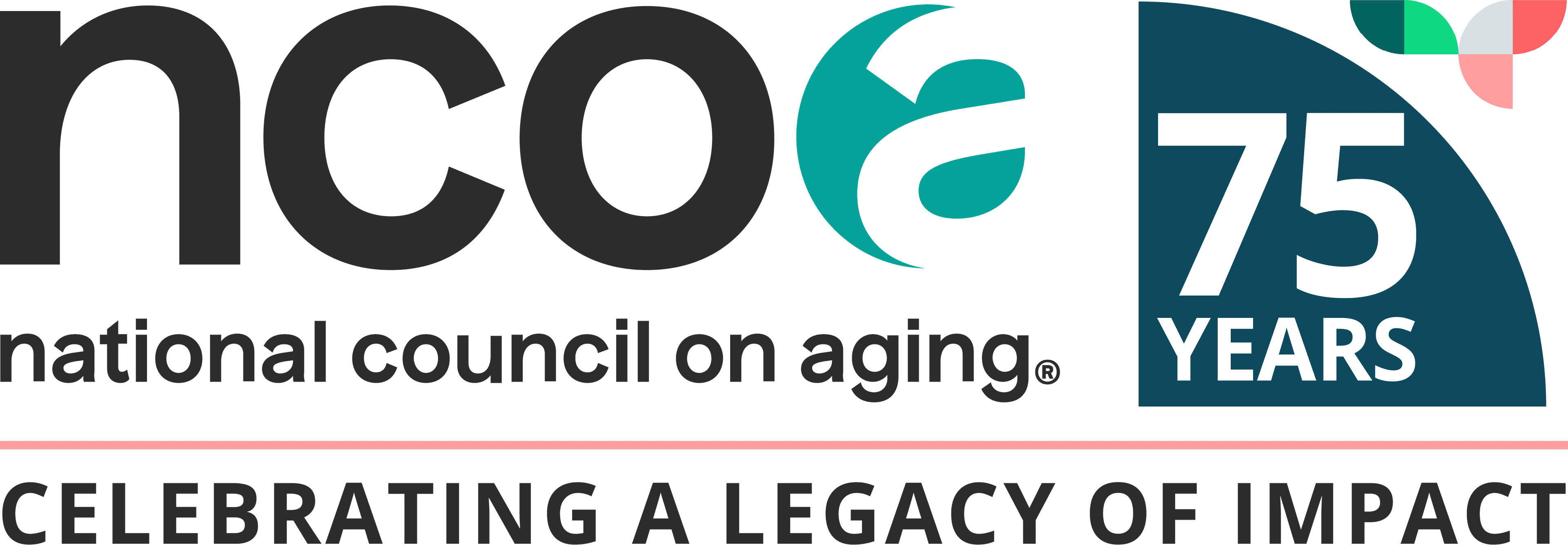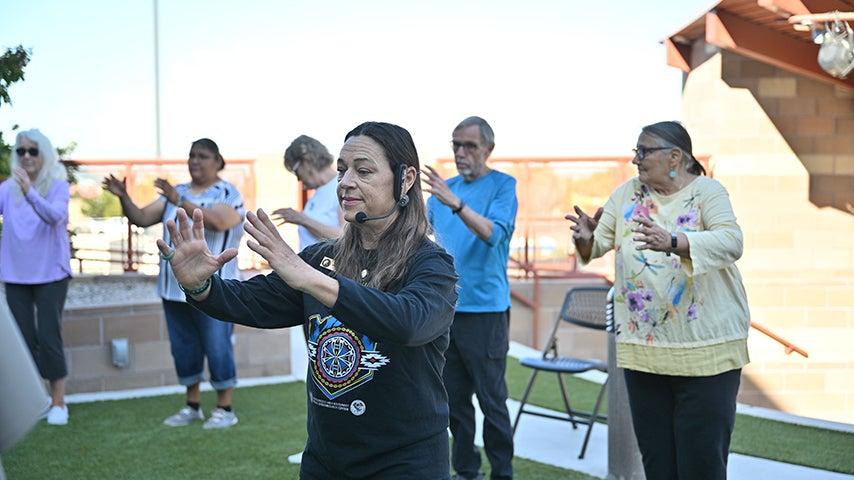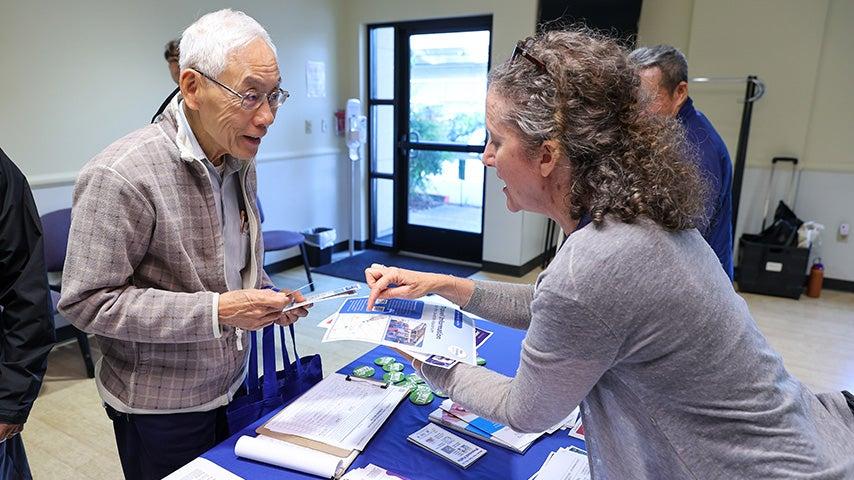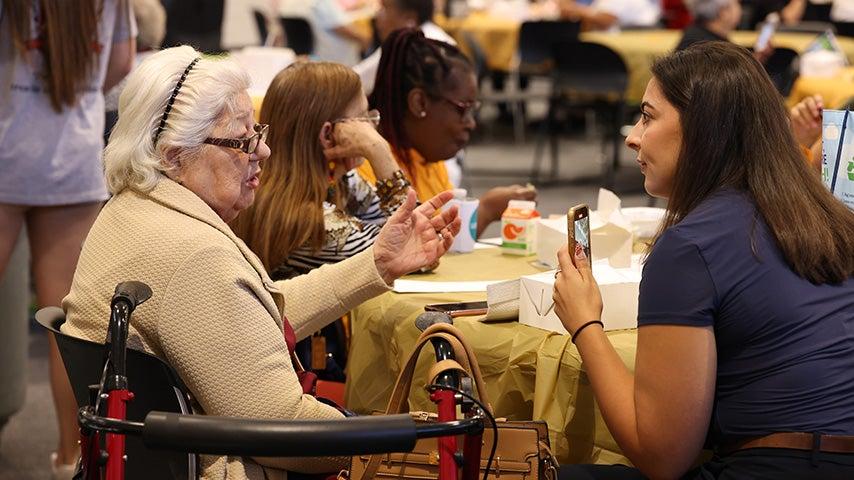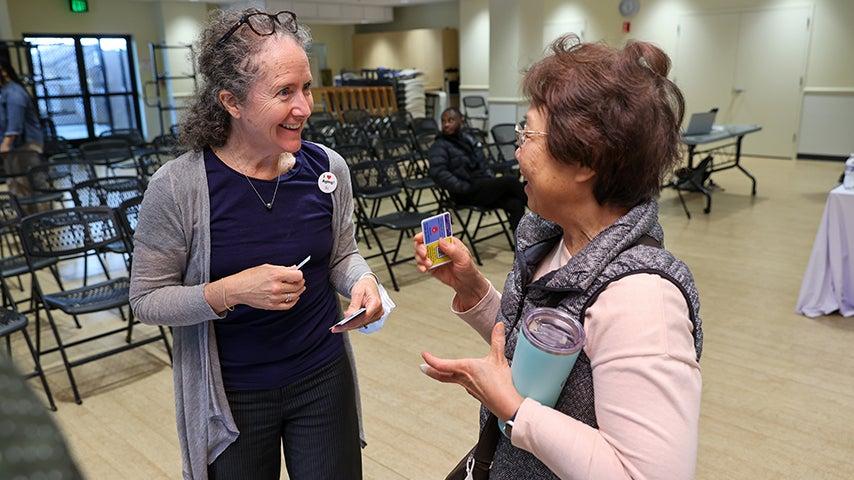
Related Topics
Delivering an effective message is always about the audience first. It’s essential to know what words, phrases, and concepts will make your audience want to learn more—and take action.
When it comes to falls prevention, the research on messaging is clear—positive works best. Negative messaging can isolate older adults and contribute to fear of falls. Working with a research firm, we learned how people talk about falls, who they trust, and which messages resonate the most.
What are older adults saying about falls?
We listened to older adults themselves in a series of focus groups. Here’s what they told us.
-
Older adults want to prevent falls to maintain their independence. Most people want to age in place, or stay in the living arrangement of their choice for as long as possible. Older adults also want to continue doing the activities they enjoy each day. That means being proactive about preventing falls, and prioritizing exercise and staying active.
-
Culture can be a motivating factor. Older adults said they want to stay healthy and mobile, so they can continue to participate in cultural and family traditions. They want to support their families and communities.
-
Fear of falling is real. Most older adults expressed a fear of falling, which research shows can lead to social isolation and lower quality of life. Participants shared that they had fallen or seen their friends fall, which increased their fears.
-
There is hesitancy about using some devices. While older adults were open to home modifications like removing tripping hazards, they expressed less enthusiasm about using other prevention measures, like canes or walkers.
How do people talk about falls on social media?
Researching social media posts and identifying common themes is a form of social listening. Here’s what we learned:
-
Social posts tend to be from younger people. Most social media conversations about falls in older adults involve younger relatives asking for advice and support after a loved one falls, and sometimes seeking prevention tips.
-
Hashtags can help you get noticed. Relevant hashtags being used on social media include #FallPrevention, #SeniorHealth, #DementiaCaregiver, #Caregiving, #Seniors, #SeniorCare, and #FallDetection. Consider using these hashtags in your posts to join the conversation and increase the chances that people will find your information.
Who do older adults trust for falls prevention advice?
While your message is critical, so is your messenger. Engaging with messengers who older adults trust will help you reach more people. Older adults told us that health care providers are their most trusted messengers about falls. However, friends and social circles—including virtual connections on social media—provide important advice and support.
What falls prevention messages are most effective?
Based on what we learned, we created three messaging themes that we tested with focus groups and online. The themes included:
-
Family: Part of staying healthy involves reducing our chances of falling so that we can continue to do the things we love, like eating, dancing, and spending time together. The good news is that many falls are preventable!
-
Cultural: One thing about nuestra comunidad: We’re always there for each other. That includes helping each other stay active as we age. Staying active can reduce the risk of falls.
-
Practical: We all want to stay healthy and independent as we get older. One of the best ways to do that is to understand our risk for a fall.
Our research zeroed in on three target cities. Here are the messages that worked best in each one:
Seattle, Washington
Winner: Practical
This message motivated Seattle older adults to learn more about preventing falls and discuss falls prevention methods with friends and family.
Albuquerque, New Mexico
Winner: Cultural
The most successful message referenced elders passing down their traditions and history to family and community members. Practical messaging also was effective.
Dallas-Fort Worth, Texas
Winner: Family
Family messaging increased participants’ likelihood of discussing falls prevention with others, recognizing the importance of understanding fall risks and prevention strategies, and motivating them to learn more.
Across all three cities, digital ads that featured a combination of words and images or icons performed best. Short, concise copy was more successful than writing out long messages for social media posts. View one of NCOA’s sample social media posts that tested well:

How to structure your falls prevention messages
Starting with the research is a great way to build and adjust your falls prevention messages so they speak to the communities you serve. Here are some key takeaways to put into practice:
-
Practical and positive messaging works best. Negative or fear-based framing can increase social isolation and cause people to feel hopeless about preventing falls. In our research, practical messaging was at the top of testing results. Use this type of messaging consistently, focusing on the benefits of falls prevention measures rather than leading with frightening statistics or images.
-
Adjust for your audience. Slight adjustments to messages with a nod to the target culture can boost engagement. Practical messaging layered with cultural elements can help signal to people that this messaging is for them.
-
Keep it simple. With digital messages, the shorter the copy, the better. People generally have short attention spans online. Keep your call to action clear and concise.
Through it all, it’s important to normalize talking about falls—not just with older adults, but with caregivers, friends, and community members. This will empower all of us to learn more about our risk of falling, take precautions, share with our loved ones.
Learn more about talking to older adults about falls, sharing falls prevention success stories, and resources for caregivers.
